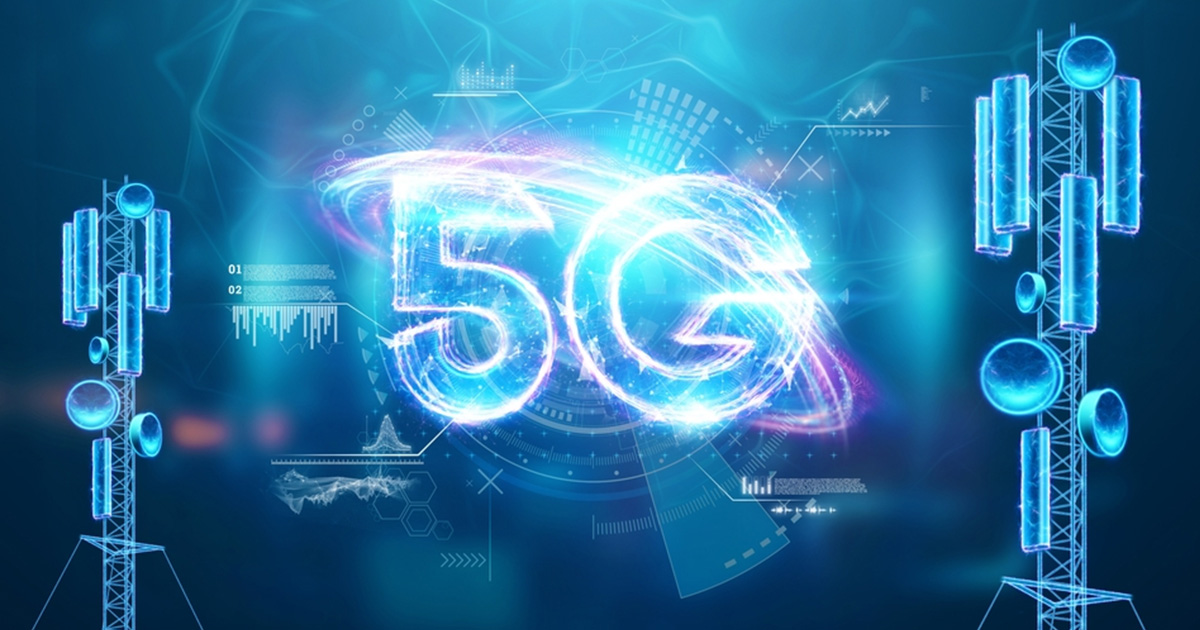Introduction
The arrival of 5G technology marks a significant leap forward in mobile connectivity. As the fifth generation of wireless technology, 5G is designed to deliver faster speeds, lower latency, and more reliable connections. Its transformative potential extends far beyond smartphones—reshaping industries, improving everyday communication, and powering future innovations. This article explores how 5G is changing the way we connect and interact with the world around us.
1. Unprecedented Speed and Bandwidth
5G offers data transfer speeds up to 100 times faster than 4G. This dramatic increase in bandwidth allows users to stream high-definition videos, download large files, and play cloud-based games with minimal buffering. Enhanced speeds also benefit businesses by improving remote work capabilities and enabling real-time data sharing on a global scale.
2. Ultra-Low Latency for Instant Interaction
Latency—the time it takes for data to travel from one point to another—is significantly reduced with 5G, reaching as low as 1 millisecond. This improvement is crucial for applications requiring instant feedback, such as remote surgeries, autonomous driving, and real-time multiplayer gaming. Low latency enables a more responsive and immersive digital experience.
3. Powering the Internet of Things (IoT)
With its ability to support up to a million connected devices per square kilometer, 5G is a key enabler of the Internet of Things. Smart cities, connected homes, and industrial automation all rely on the seamless communication between sensors, machines, and networks that 5G provides. This connectivity enhances efficiency, safety, and convenience across various environments.
4. Revolutionizing Communication and Collaboration
5G is enhancing video conferencing, virtual reality (VR), and augmented reality (AR) applications. Professionals can conduct high-definition virtual meetings, educators can deliver immersive learning experiences, and medical experts can perform remote diagnostics—all with smooth, high-quality connections. This technology is redefining how people work, learn, and socialize.
5. Accelerating Innovation in Healthcare
In the healthcare sector, 5G enables faster transmission of medical imaging, real-time remote monitoring, and even robotic-assisted surgeries. Patients in remote or underserved areas can access high-quality care, and healthcare providers can collaborate more effectively through connected systems and real-time data exchange.
6. Enabling Smart Transportation Systems
5G plays a crucial role in the development of smart transportation. From connected cars to intelligent traffic management, the technology enables vehicles and infrastructure to communicate seamlessly. This leads to improved road safety, reduced congestion, and progress toward fully autonomous driving systems.
7. Enhancing Entertainment and Media Consumption
The entertainment industry is experiencing a shift due to 5G’s capabilities. Consumers can stream 4K and even 8K content on mobile devices without lag, enjoy augmented and virtual reality experiences, and participate in interactive media in real time. Content delivery becomes more dynamic, immersive, and personalized.
8. Redefining Industrial and Agricultural Operations
Industries such as manufacturing and agriculture benefit from 5G through smart machinery, automated processes, and real-time data analytics. Farmers can use connected drones and sensors for crop monitoring, while factories can optimize production with AI-driven automation supported by reliable 5G connections.
Conclusion
5G technology is not just an upgrade in mobile networks—it’s a game-changer in how the world connects. By offering faster speeds, reduced latency, and the ability to connect massive numbers of devices, 5G is paving the way for innovation in virtually every industry. As this technology continues to roll out globally, its full impact will reshape how we live, work, and interact in the digital age.








